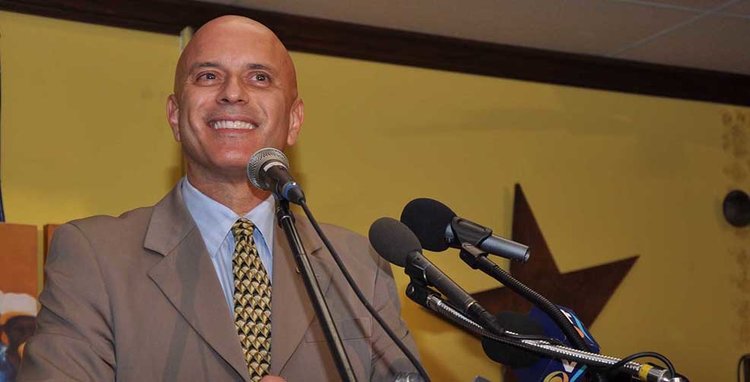I am re-posting the link to the statistical research that I did on the results of the August 30th 2016 primary between Tim Canova and Debbie Wasserman Schultz.
Tim Canova is running against Debbie Wasserman Schultz again for a seat in congress.
After almost a year of protracted and contentious negotiations with the Broward County Supervisor of Elections office, we have finally gained permission to copy the ballots in 12 precincts of the 2016 primary race between Canova and Wasserman Schultz. We had to take them to court in order to do this. We now have 2 days assigned, November 1st & 2nd when we will have permission to make copies of the ballots. After that we will count them by hand.
The statistical analysis of this race raised red flags, and it is important that we look at races like this to see if the results are accurate. The only way to know is to count the ballots by hand. If you believe this is important work, please support this project. We need your financial help to get this done. Please give as much as you can today. Here is the Gofundme link where you can contribute.
Wasserman Schultz has been embroiled in a series of scandals this year.

